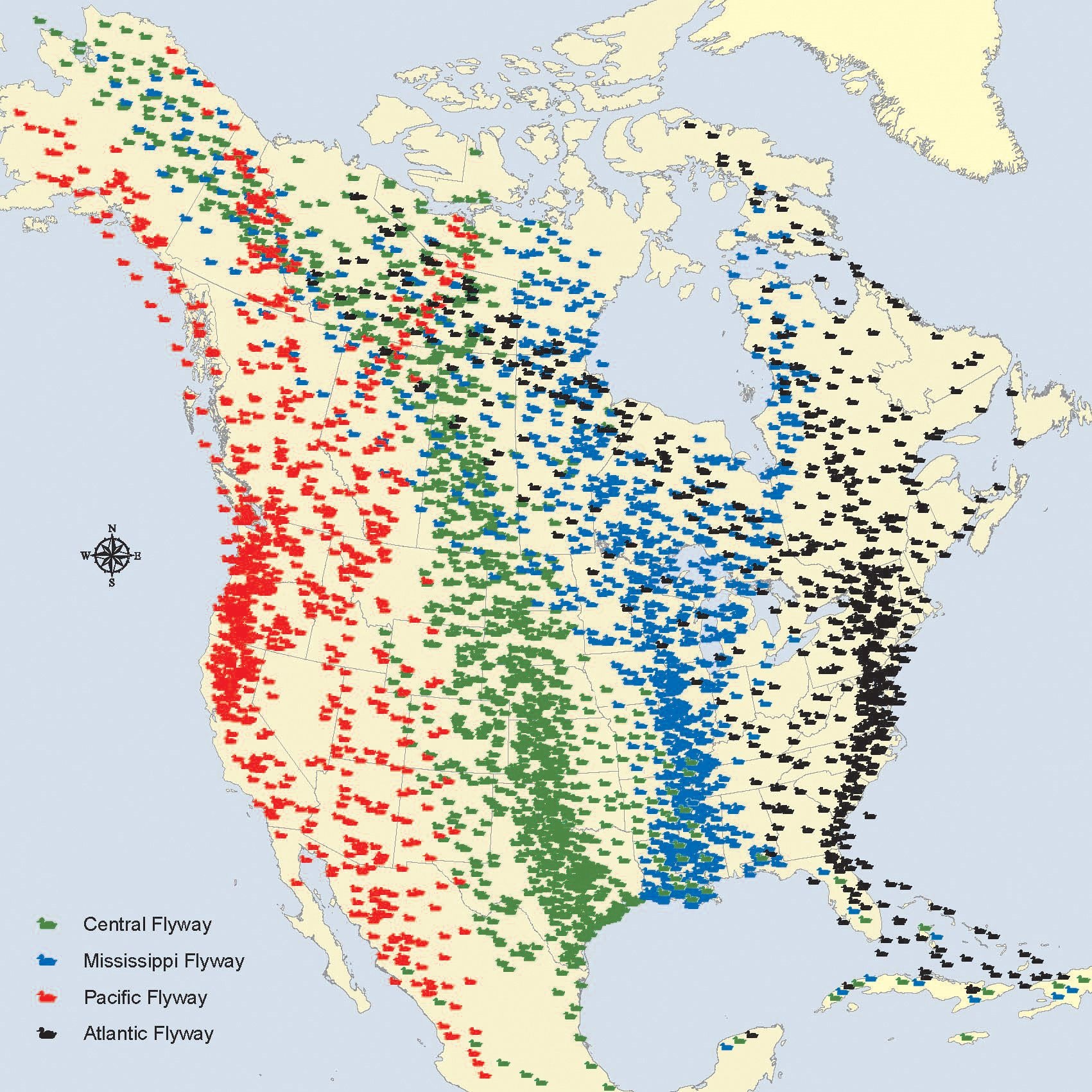Blog

#bioPGH Blog: Some Preparation for Migration
 A resource of Biophilia: Pittsburgh, #bioPGH is a weekly blog and social media series that aims to encourage both children and adults to reconnect with nature and enjoy what each of our distinctive seasons has to offer.
A resource of Biophilia: Pittsburgh, #bioPGH is a weekly blog and social media series that aims to encourage both children and adults to reconnect with nature and enjoy what each of our distinctive seasons has to offer.
As excited as I am for colorful leaves and pumpkin spice all around, the approaching autumn does mean that many of our migratory songbirds are already making their way south to spend the winter. When you think about their journey, though, it really is mind-boggling that such small creatures can make a trip that may extend upward of a thousand miles. How do they prepare for the grueling adventure? Let’s explore!
To help get perspective on the journey that birds travel seasonally, we can look at the North American flyways. A flyway is the approximate route that birds will take from nesting ground to wintering ground and vice versa. Here in Pennsylvania, our migratory birds tend to follow the Atlantic migratory flyway down to Florida, the Caribbean or Mexico, but North America has three other flyways known as the Central, Mississippi, and Pacific flyways, as seen in the map below.

Modified from USFWS
While looking at the map, we can keep in mind that even tiny birds like the ruby-throated hummingbird will travel incredible distances. Just the trip from Pittsburgh to the Caribbean, a common destination for our birds, is 1,200 – 1,500 miles as the crow flies, so to speak. And some species will even make the jump from Florida to Mexico, traveling non-stop across the Gulf! How do these birds store up the energy to do it? For many species, the answer is by gaining weight — strategically.
Considering many of us are familiar with birds’ many adaptations to stay as light for flight as possible, gaining weight might sound counterintuitive. After all, birds have “hollow” bones to avoid the extra weight of dense skeletons, and their feathers, made of keratin like our fingernails, are incredibly light. Their digestive systems function differently from mammals’ to minimize the weight of waste, and during non-breeding seasons, even birds’ reproductive organs shrink to reduce weight.
In spite of all that, one of the secrets to migratory success for many species is gaining weight before migrating. For example, the ruby-throated hummingbirds that we mentioned before will nearly double their body weight to ensure that they have enough energy reserves to travel incredible distances. For birds that bulk up, their hormones signal for their metabolisms to slow down as migration season approaches, and especially songbirds will transition from insects to fruits or nectar, which are in higher in sugar that can be converted to fats. Of course, the amount of fat birds store can also vary depending on the length of the journey; some species travel all the way to the tropics, while others may only fly the distance of a few states south. Also, not all birds will pack on the extra fractions of ounces for the road. Some species regularly stop to find food during their journey and don’t rely on stored energy to make the trip.
Intriguingly, on return migrations to breeding grounds in the spring, many birds even put on more weight than necessary for the return journey. This puzzled researchers until a study just from a few years ago revealed that birds who arrived at breeding areas with extra fat had more successful breeding seasons—confirming some earlier hypotheses that suspected the extra weight was related to reproduction.
Also, as we often note, nature is full of exceptions to every “rule.” Some birds migrate, but some don’t. Some migratory birds put on weight before their trip, and some don’t. Some birds fly quickly, some don't. It’s just another reminder what a fascinating and diverse place nature really is!
Connecting to the Outdoors Tip: Many songbirds migrate at night, which makes them less obvious to us. However, if you’d like to see some large birds migrating, check out the hawkwatch at the Allegheny Front. It’s a fantastic place to watch birds of prey come through on migration, and you might see anything from a merlin to an eagle!
Continue the Conversation: Share your nature discoveries with our community by posting to Twitter and Instagram with hashtag #bioPGH, and R.S.V.P. to attend our next Biophilia: Pittsburgh meeting.
Resources
University of Toronto—Why Some Hummingbirds Balloon Up Before Traveling South
Bird Migration – Nutrition and Food Selection in Migratory Birds
Photo Credits: Wikimedia User Pslawinski CC-BY-SA-3.0 and dcrjsr CC-BY-3.0

